Times have changed – and how! Gone are the days when going to the market to get groceries was a mundane, everyday thing. Now it’s about going as less as possible, giving a wide berth to anyone without a mask and ticking items off your list and coming home as soon as possible. Amidst this surreal situation, some brands have really gone all out to make life easier for us – Grofers and BigBasket are two players which have, against all odds been making efforts to deliver groceries and continue business as usual at this time. Let’s take a closer look at what the internet is saying about these two.
Talkwalker, a social media analytics company, based in Luxembourg, takes a closer look at the buzz, using their platform. Talkwalker Analytics analyses the performance of mentions all over the internet and provides key metrics such as engagement, related themes, demographic data, geographic data and influencer data.
Mentions:
Grofers in purple and BigBasket in green both have a similar trend since the beginning of the year – they have a huge peak in mid March – which corresponds to the beginning of the lockdown in India. While most other businesses are slowing down, Grofers and BigBasket have been the talk of the town last month since they provide services that are absolutely essential right now. The peak for both brands correspond to March 23rd, when both companies stated that they had trouble keeping up delivery services since their agents had been stopped by police while on their delivery runs. This situation was rectified on March 25th when they were gradually allowed to resume services. A second peak in early April is with regard to the fact that both services are running with limited staff and is an appeal to people to order smart and be patient in the face of logistical hurdles.
Demographics:
We had a look at the buzz, now let’s look at who is causing the buzz. Both brands have a similar profile in terms of demographics. For Grofers, 80.1% of the buzz comes from males and the rest from females and for BigBasket, it’s 76.2% from males and the rest from females. Both brands also have a very similar profile for age groups with the millennials leading the conversation, followed by Gen Z. Both brands also have almost the same percentage of chatter from the 35-44 age group.
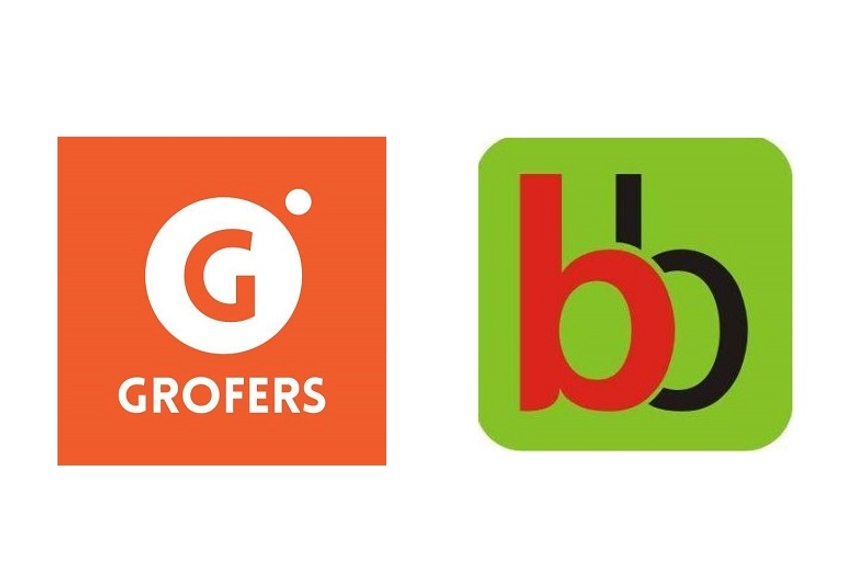





.jpg&h=334&w=500&q=100&v=20250320&c=1)
.jpg&h=334&w=500&q=100&v=20250320&c=1)


.jpg&h=334&w=500&q=100&v=20250320&c=1)





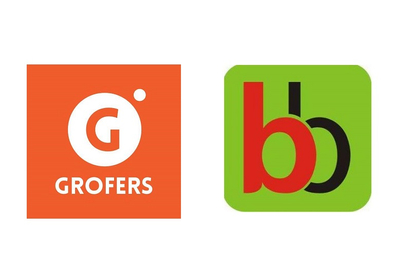
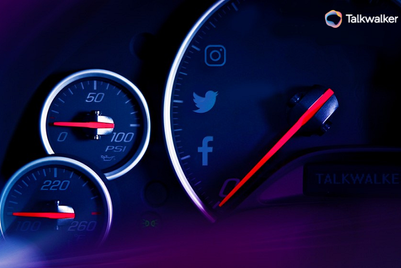
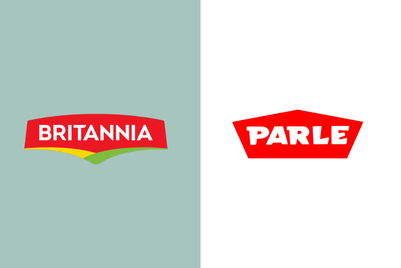
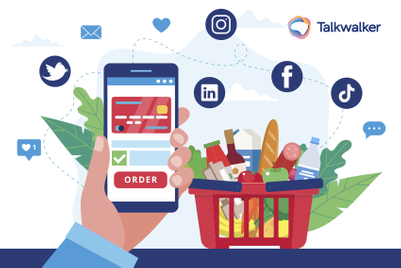
.jpg&h=268&w=401&q=100&v=20250320&c=1)
.jpg&h=268&w=401&q=100&v=20250320&c=1)


